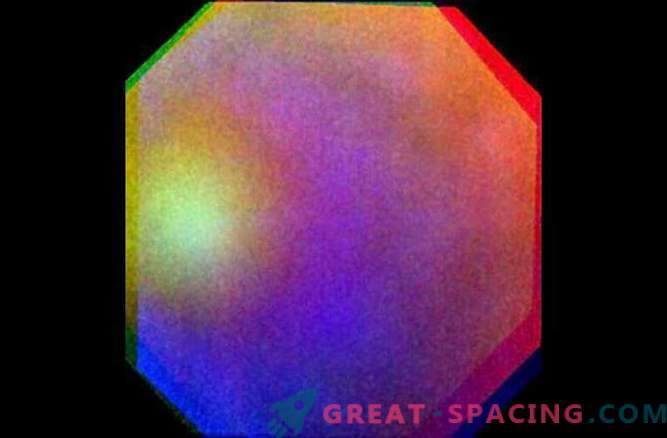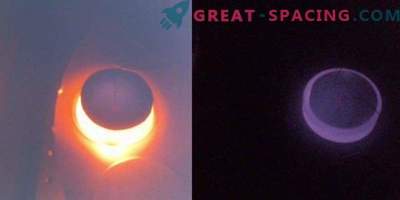
The European Space Agency's Venus Express orbiter detected an earthly phenomenon in the high-altitude clouds of the "infernal sister" of the planet Earth.
While Venus was moving in its orbit with the Sun behind, Venus Express used its cameras to observe a rainbow-like shine. This effect can be observed from an airplane flying over the clouds. This is the first case in history when such a radiance is observed on another planet.
The radiance appears when a dense ring-shaped rainbow structure surrounds the shadow of the plane and is formed only when the clouds are made up of tiny droplets of water of approximately the same size. On Earth, such a shine is a rare pleasure due to atmospheric conditions and the location of the observer.
Venus, however, has no life-giving moisture in the clouds. But in an attempt to determine the nature of these droplets contained in the clouds of Venus from sulfuric acid, the scientists waited until the Sun rises directly behind the Venus Express, and then they were able to take a photo.

On July 24, 2011, the satellite noticed the first extraterrestrial glow in the clouds of Venus at an altitude of 70 kilometers (44 miles) above the surface of the planet. According to the ESA press release, the shine was 1,200 km (746 miles) wide, as seen from a spacecraft that continued to move in orbit higher. From this observation, scientists were able to determine the size of droplets of sulfuric acid in the clouds. They found drops measuring 1, 2 micrometers, which is about 50 times less than the width of a human hair. The fact that the shine was about 1200 km wide suggests that all the drops within this area were about the same size.
But there were some surprises that could help us understand the complex chemical composition of the atmosphere of Venus.
The variation in the brightness of the rings of the observed aurora differs from what could be when mixing only sulfuric acid and water. This suggests that there may be another chemical element in the atmosphere.
Scientists believe that there is an unknown atmospheric component, called the "UV-absorber", which creates mysterious dark spots in the atmosphere of Venus. The same element may be responsible for unexpected changes in the brightness of the shine.











































